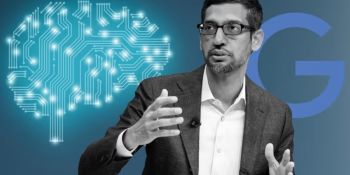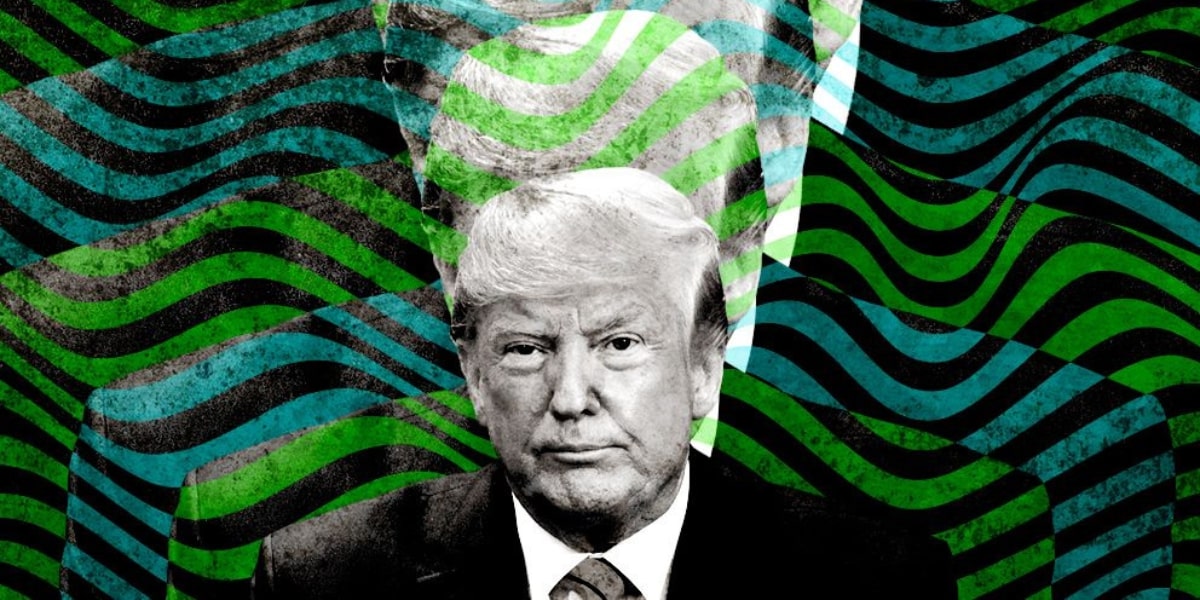-

July 2025 Securities Market Data at the Armenia Stock Exchange
2025/08/06/ 11:27 -

The US Embassy in Yerevan has switched to a new online system
2025/08/06/ 11:17 -

The Power of One Dram Team Visits the Hayordi Camp
2025/08/05/ 16:31 -

Artificial intelligence is killing SEO in front of the whole world.
2025/08/05/ 15:06 -

OpenAI warns. ChatGPT may respond incorrectly in critical situations.
2025/08/05/ 13:45 -

When September Comes: Idram&IDBank
2025/08/04/ 16:42 -

Why is the boundary between a leader's professional and personal identity important?
2025/08/03/ 10:21 -

Three practical steps that will prevent you from losing the people who keep your business running
2025/08/01/ 17:17 -

IDBank's new premium business card – Mastercard Business Preferred
2025/08/01/ 12:45 -

Which professions will be the first to lose their jobs due to AI. Microsoft's warning
2025/07/31/ 14:21
 Subscribe
Subscribe

Trump's New Artificial Intelligence Strategy: What impact will they have on the world
News |

This is Trump's first major speech on artificial intelligence since he took office in January.
U.S. President Donald Trump is preparing to unveil his new artificial intelligence (AI) action plan, outlining his administration’s priorities, goals, and policy approach in this rapidly evolving sector.
Here’s what we know about his proposed strategy and its potential impact on the industry both within the U.S. and beyond.
From Repealing Biden’s Strategy to a New Direction
Trump’s plan effectively replaces the Biden administration’s executive order on AI, which had focused on safety, accountability, transparency, and reducing bias in AI models. Trump repealed this order, arguing that it hindered innovation and placed unnecessary burdens on businesses.
Three Pillars of Trump’s AI Strategy
According to Time, Trump’s AI strategy is built around three core areas:
Infrastructure
The plan aims to accelerate the construction of data centers by revising permitting regulations. The Trump administration wants to ensure sufficient energy capacity so AI models can operate and evolve seamlessly. However, this growth has raised concerns over the vast consumption of water and electricity, which could lead to energy shortages in the coming years.
There are also plans to modernize America’s electric grid to supply new and sustainable energy sources to data centers.
Innovation
Trump may seek to block state-level AI regulations at the federal level to avoid barriers to innovation. While this aligns with tech companies’ desire to test and deploy models rapidly, it could hinder the development of consistent and accountable safety standards.
Global Influence
Trump wants to strengthen the export of American AI models and chips, especially in response to China’s growing influence. This indicates new economic and technological pressure on Beijing and a push to spread American standards globally.
Pro-Business Policy
The Trump administration is promoting collaboration with major companies such as OpenAI, Nvidia, SoftBank, and Oracle. He has supported the Stargate data center initiative and lifted export restrictions on Nvidia chips.
At the same time, civil society organizations criticized Trump’s approach in a statement to TechCrunch, calling it a prioritization of corporate interests over the public good.
Fighting “Woke” AI
The Trump administration opposes what it calls “woke” AI—models that they claim promote left-wing ideas or censor conservative viewpoints. To counter this, a proposed executive order would require neutrality in models developed under federal contracts.
However, this raises new questions, such as who decides whether a model is biased or neutral. Even if such models are regulated, this approach could conflict with free speech rights under the U.S. Constitution.
Expectations from Big Tech
Companies like OpenAI, Google, Meta, and Amazon have urged the Trump administration to allow AI models to be trained on copyrighted material under the principle of fair use.
Meta has advocated for maintaining open-source models.
Anthropic has expressed concern that open models could be exploited by malicious actors.
Universities and research institutions have called for increased funding to support independent AI research, which has seen recent cutbacks.
Why It Matters
Trump’s plan doesn’t just shape the future of AI in the U.S.—it may also influence global standards. If the U.S. adopts a more open, competitive, and less regulated policy, it could serve as a counterweight to Europe’s strict rules and China’s state-controlled systems.
However, without clear safety requirements, the field could evolve in ways that don’t adequately protect the public interest.
Trump’s AI action plan represents an approach that prioritizes innovation and global technological dominance. Yet it faces complex moral and political challenges related to free speech, public safety, corporate control, and public trust.
While the plan may bolster U.S. technological leadership, its long-term success will depend on whether it can balance innovation with the protection of public safety and democratic values.
Source: TechCrunch
*The article was also prepared using data from AI․












